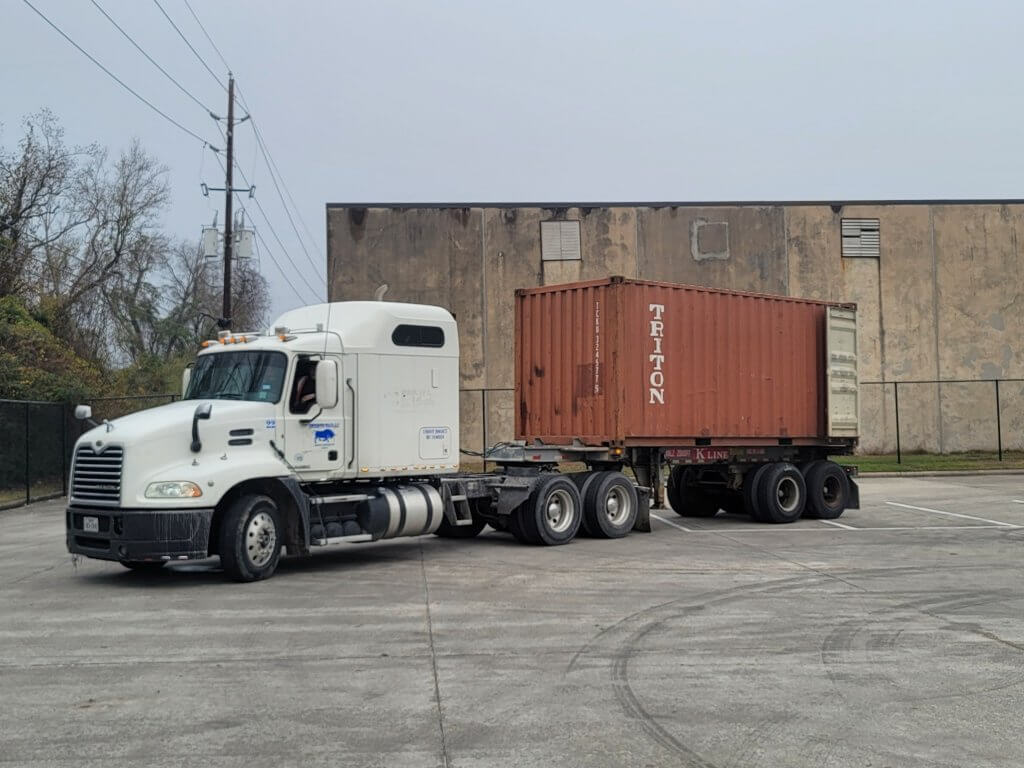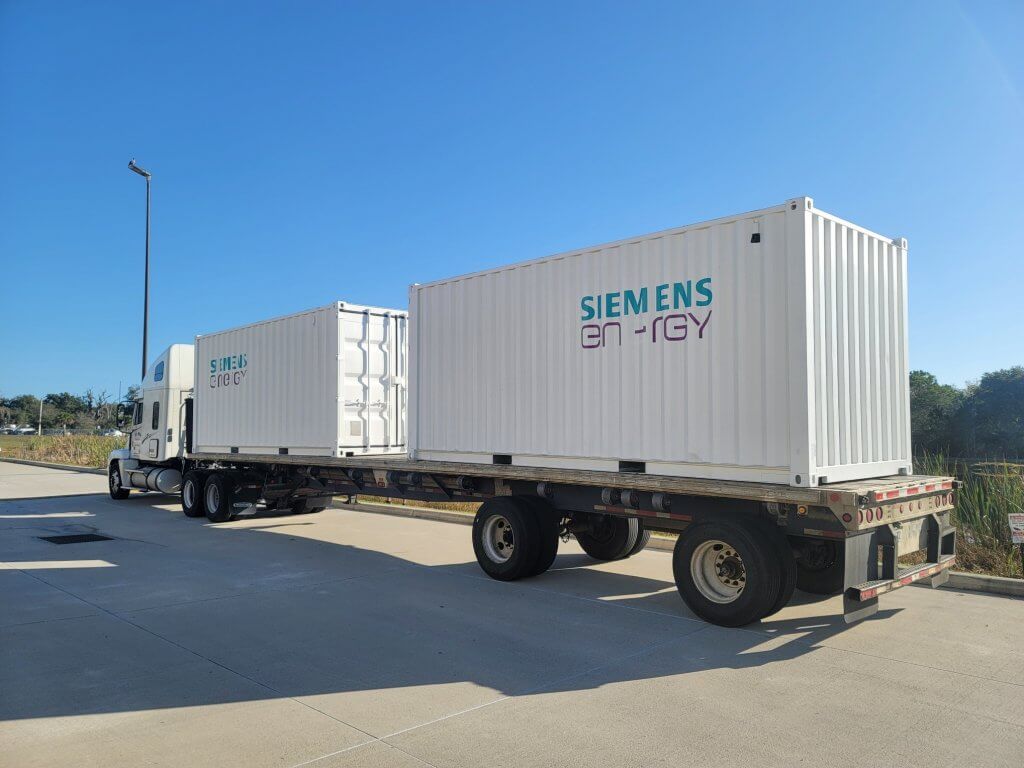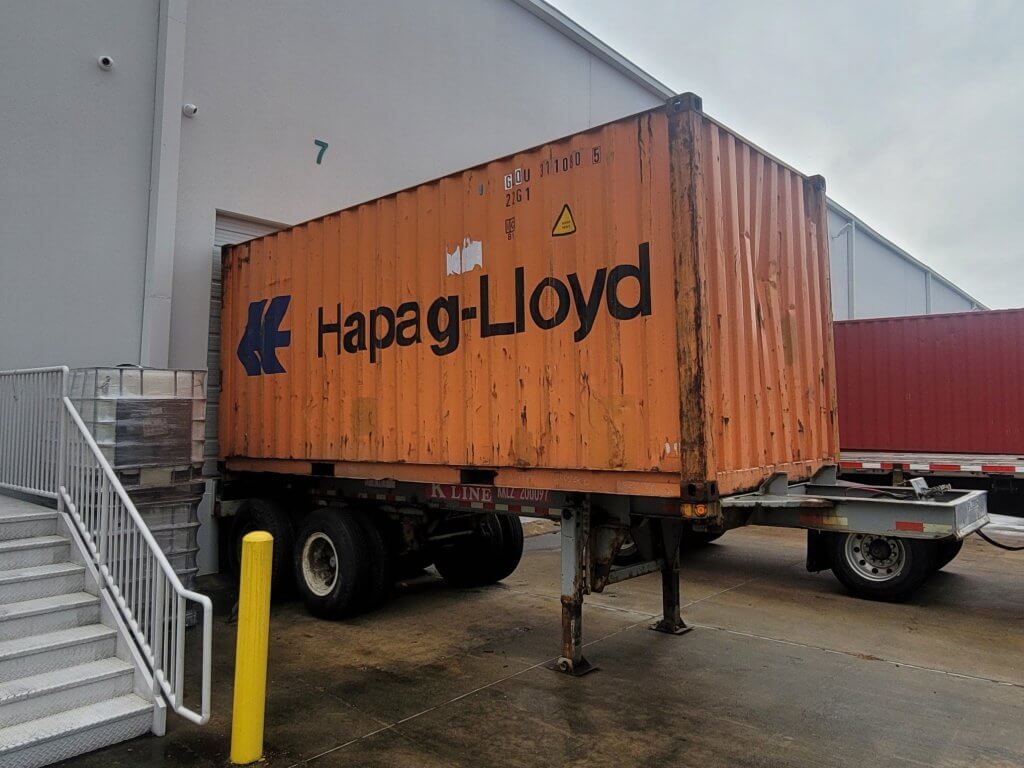Drayage is a common term that gets thrown around often in the logistics world. This service is so essential that the logistics landscape could break down without it.
This article describes what container drayage is and why it is so important.
What does Container Drayage Mean?

Container drayage is the transportation of cargo containers across short distances on trucks, often in between intermodal shipping. The distance could be from a shipping port to a warehouse or a rail hub to a shipping port. Essentially, it connects the cargo from one stage of transportation to another.
Drayage is an integral part of any supply chain, especially those that have to pass through rail, water, or air.
Role of Drayage In Intermodal Shipping
The understanding of container drayage can only be complete when you know what intermodal shipping is.
Intermodal shipping is when cargo has to go through many stages of transportation, from its location of origin to its final destination.
Imagine you want to import some precious metals from a mine in the UK to the US. The metals first have to be loaded into trains to take them to a shipping port. There, they are loaded into a container, which is then placed on a ship coming to the US.
As soon as your cargo lands in the US, you still need a truck to pick it up at the shipping terminal and transport it to a warehouse where you prepare it for the last transportation phase that brings the precious metals to your destination.
That’s what intermodal shipping is about. The cargo went from train to ship, then to truck. Drayage plays a massive role in intermodal shipping, as it connects those significant means of transportation.
For instance, through drayage, your cargo goes from the shipping port to the warehouse; or from the warehouse to your destination.
You’ll find many transportation companies niching down on this aspect of shipping, which shows just how vital drayage is to the entire shipping services.
Classifications of Container Drayage
Drayage comes in various kinds, depending on the cargo being shipped and its shipping conditions. The Intermodal Association of North America (IANA) classifies drayage into six classifications:
- Expedited drayage
Expedited drayage is reserved for when you need to ship the cargo on time. Time-sensitive shipments, such as fruits and vegetables, often go through expedited drayage.
- Door-to-door drayage
Door-to-door drayage is the direct transportation of cargo from the port straight to the final destination. Another name for door-to-door drayage is retail drayage.
- Inter-carrier drayage
Inter-carrier drayage involves the transport of cargo from one carrier to another. An example is the moving of freight from rail to ship.
- Intra-carrier drayage
This kind of drayage is the moving of cargo from one hub owned by a carrier to another hub owned by the same carrier. Intra-carrier drayage is similar to inter-carrier drayage, only that there’s only one carrier involved in intra-carrier drayage.
- Pier drayage
Pier drayage covers cargo moving from a rail hub to a port or pier.
- Shuttle drayage
Shuttle drayage is reserved for quickly moving cargo containers from one hub to another, mainly because the originating hub is filled up.
Types of Drayage Containers

Drayage containers come in various kinds, depending on the cargo being shipped. Some of the variations occur in sizes and functions.
For instance, a standard container is 20 feet or 40 feet long. The heights are six or eight feet. And most of them are made from aluminum or steel.
The types of container drayage include:
- Standard Containers
- Flat rack container
- Open top container
- Hardtop container
- Platform container
- Reefer container
- Insulated container
You may use our complete guide to container freights to know more about drayage containers.
The Importance Of Container Drayage
You probably have some vague ideas about why drayage is so essential by now. We’ll only be making them more explicit here:
Why is it essential to secure container drayage?
- Container shortage
The shortage of cargo containers is one reason drayage is so essential. To help you understand why there is a container shortage, let’s give you more context.
As soon as the pandemic struck, countries were forced into lockdown. While this limited the spread of the virus, it also meant that economies came to sudden halts. The logistics space was not left out.
So, containers were stuck at shipping ports, inland ports, and on ships. As economies began to open up, new shipments arrived faster than the old ones could be cleared and a heap of containers formed.
Container manufacturers, having sensed a shortage in containers, have increased the price of their products. A container that used to cost $1600 now costs about $2500.
Therefore, until there is enough drayage to help us free up these containers, container shortage will continue to be a problem. And this may impact shipping long term, as there won’t be enough containers to ship new cargo.
- Port congestion
Port congestion, just like container shortage, can be traced to the pandemic. As ports are filled with loaded containers awaiting drayage, ports are all congested. Even warehouses outside the ports are getting filled up, leading to congestion.
Drayage is the answer to this. The more drayage we can secure, the faster we can ease port congestion.
- Increase in intermodal shipping
The volume of intermodal shipping has also soared in recent times. Driver shortages, freight delays, and growing fuel costs have contributed to many shippers resorting to intermodal shipping through rail. This then stretches container drayage, which was already thinly spread.

Rely on Total Connection For Drayage To Keep Your Supply Chain Running
You can’t risk entrusting your container drayage services into the hands of incompetent carriers. That could be the undoing of your supply chain; and, in extension, your business. So, the logical business decision would be to find a reliable carrier to partner with. Fortunately, this is what Total Connection is.
Total Connection is a third-party logistics company with renowned expertise in drayage services. Regardless of where you want to ship your cargo from and to, Total Connection has you covered. We even have warehouses where you can store your shipment temporarily and safely.
You can join hundreds of customers who now sleep in peace because they trusted us to handle their drayage services. You only need to fill out the brief quote form below, and our experts will get back to you in no time.
